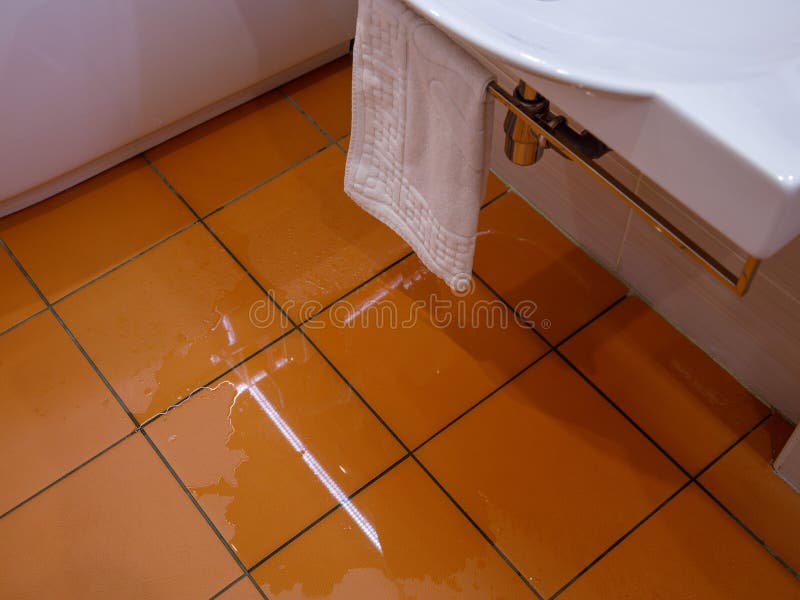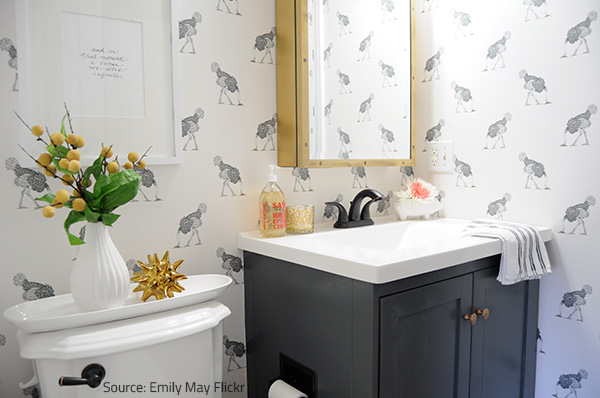Reasons Behind Bathroom Water Harm
Reasons Behind Bathroom Water Harm
Blog Article
The author is making several great pointers on the subject of How to Repair and Prevent Bathroom Water Damage? overall in this great article further down.

Water damage typically occurs in the bathroom because of the water utilized daily. In some cases, the damages could be a little mold from the shower. Other times, it's huge damages on your floor. Whatever it is, it is always good to know the reason as well as stop it prior to it occurs.
This guide will go through some of the usual sources of water damage in the shower room. We will likewise examine what you can do to prevent these reasons from damaging your bathroom. Allow's dive in.
These are the typical reasons you would certainly have water damage in your shower rooms as well as how you can spot them:
Excess Dampness
It's great to have that long shower and also sprinkle water while you dance around and also act like you're performing, but occasionally these acts might cause water damage to your shower room.
Splashing water around can create water to visit edges as well as form mold and mildews. View how you spread out excess moisture around, and when you do it, clean it up to prevent damage.
Cracks in your wall surface tiles
Bathroom wall surface tiles have actually been specially created for that purpose. They secure the wall from wetness from individuals taking showers. Nevertheless, they are not indestructible.
Occasionally, your restroom wall surface tiles fracture and also allow some dampness to seep into the wall. This might possibly destroy the wall if you do not take any activity. If you see a crack on your wall surface floor tiles, repair it quickly. Do not wait until it damages your wall.
Overruning commodes and sinks
As people, often we make blunders that could trigger some water damage in the shower room. For example, leaving your sink tap on might create overruning and damages to various other parts of the bathroom with dampness.
Also, a faulty toilet might trigger overruning. As an example, a damaged commode handle or other parts of the cistern. When this occurs, it might harm the flooring.
As quickly as you notice an overflowing sink or bathroom, call a plumbing professional to help handle it right away.
Ruptured or Dripping Pipelines
There are several pipelines lugging water to different parts of your restroom. Some pipes take water to the toilet, the sink, the taps, the shower, and numerous other places. They crisscross the small area of the restroom.
Once in a while, these pipes could obtain rustic as well as burst. Other times, human action could cause them to leakage. When this occurs, you'll discover water in the corners of your restroom or on the wall.
To spot this, look out for gurgling wall surfaces, mold and mildews, or mold. Call a specialist emergency situation plumbing professional to repair this when it occurs.
Roofing Leaks
In some cases, the problem of water damage to the bathroom could not come from the washroom. As an example, a roofing leak could create damages to the shower room ceiling. You can find the damage done by looking at the water stains on the ceiling.
If you locate water spots on your ceiling, inspect the roof to see if it's harmed. After that, call a professional to aid fix the problem.
Conclusion
Water damage to your bathroom can be annoying. Nonetheless, you can handle it if you prevent several of the causes mentioned in this overview. Call a professional emergency situation plumbing technician if you observe any extreme damage.
How to Prevent Water Damage in Your Bathroom?
Water damage repair is an expensive, meticulous, and lengthy process. Unfortunately, bathrooms are the most susceptible rooms to water damage due to toilets, showers, and sinks. Pipes and fixtures wear out over time and are not immune to damage. But all is not lost, as there are ways to prevent water damage from occurring in your bathroom.
Check Your Plumbing
Nothing lasts forever, especially pipes, which can rust and begin leaking over time. You should periodically conduct pipe inspections and pay attention for any musty smells or water stains that may indicate you need water damage repair. Here are some things to check:
Frequently test valves for your toilet, shower, and sink to ensure they are properly working. Check faucet supply lines hidden under vanities and replace when needed. Replace cracked or deteriorating caulking along sinks, tubs, and showers. If you notice a clog in your sink, call in a professional. Since you can’t check the pipes in the wall, keep an eye out for stains, drywall bubbling, musty smells, and excess moisture; if the bathroom is on a second level, check the ceiling of the room directly below for these signs. Don’t Overwork Your Toilet
One of the most common reasons bathrooms need water damage repair is due to overflowing toilets. Save yourself the hassle of cleanup by being mindful and not pushing your toilet to extreme limits. If you have young children, it is especially important to keep an eye on them when they are in the bathroom and to teach them how to avoid clogging the toilet. Here are some more tips to help prevent your toilet from overflowing:
If you have a septic tank, only use septic-safe toilet paper Do not flush anything down the toilet besides toilet paper; items like diapers and sanitary napkins will clog the piping Pay attention to your toilet’s water level: If it’s low, it could mean it is partially clogged or that there is a crack in the toilet bowl https://www.alure.com/home-improvements-blog/resources/how-to-prevent-water-damage-in-your-bathroom

Do you enjoy reading about How to Repair and Prevent Bathroom Water Damage?? Leave feedback below. We will be interested to find out your views about this blog posting. Hoping to see you back again before long. Do you know another individual who is in the market for the niche? Feel free to share it. Thank you for taking the time to read it.
Contact our experts. Report this page